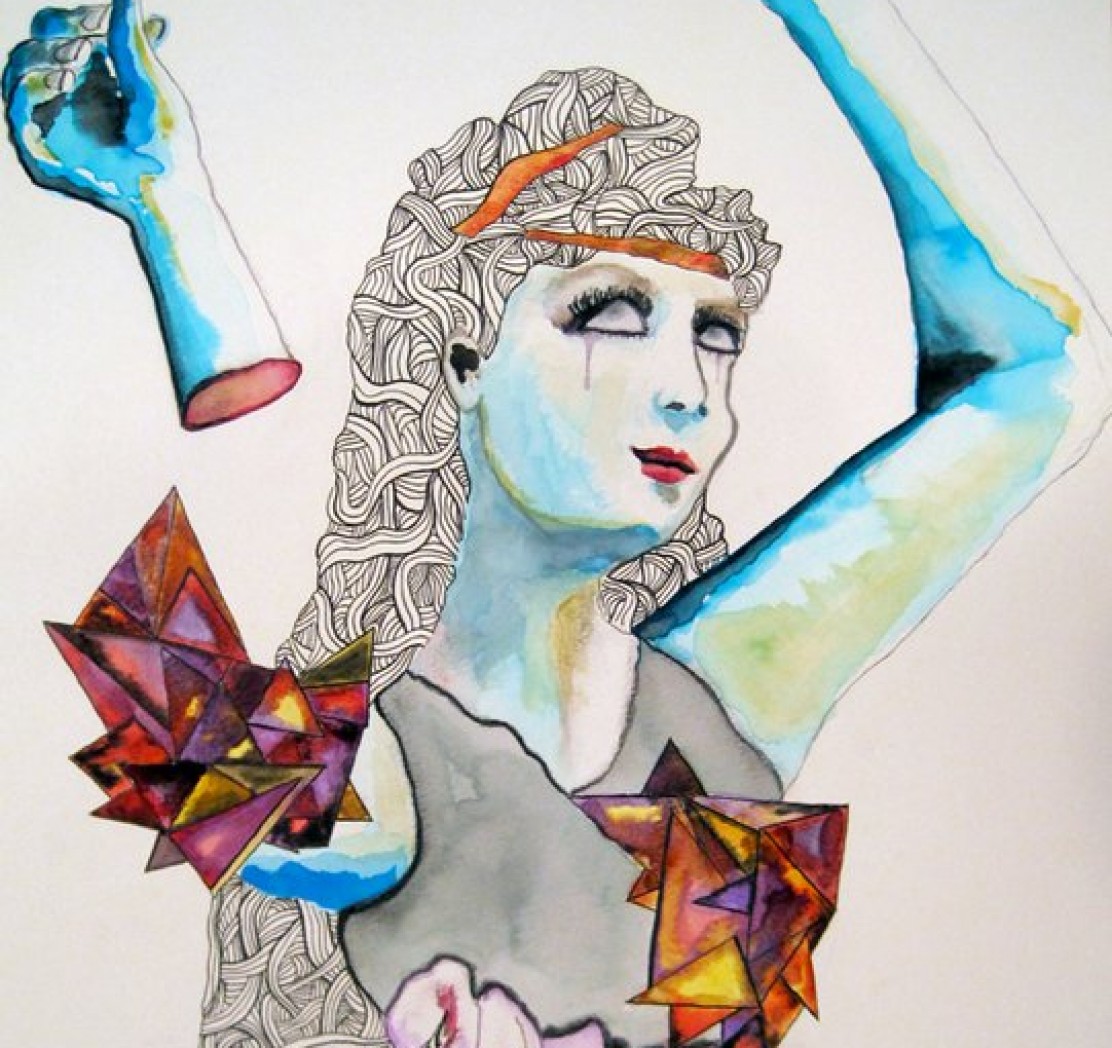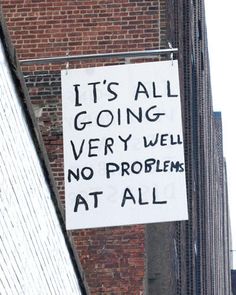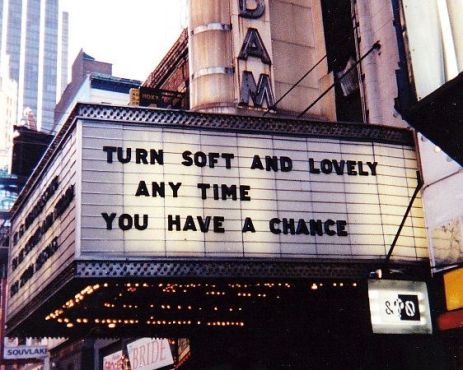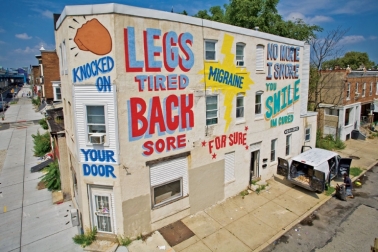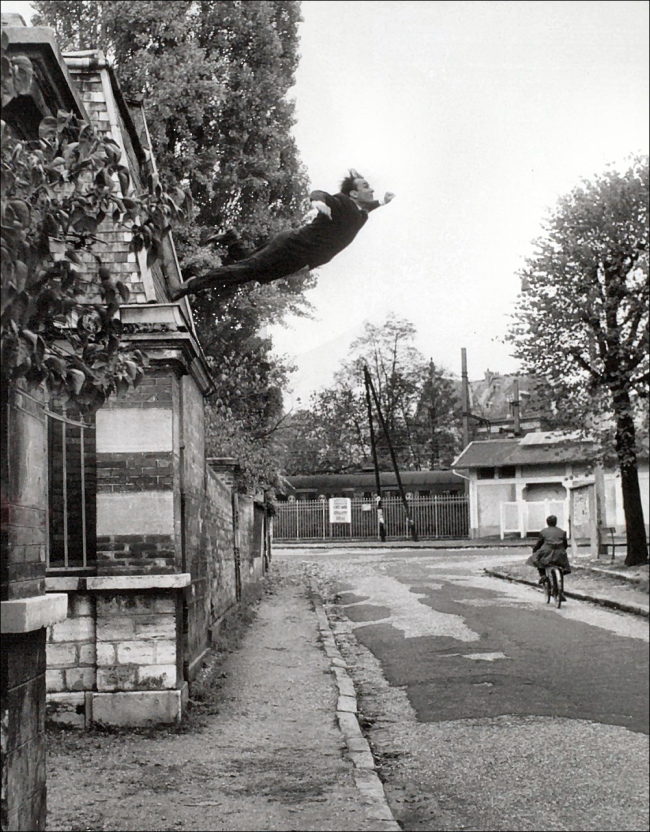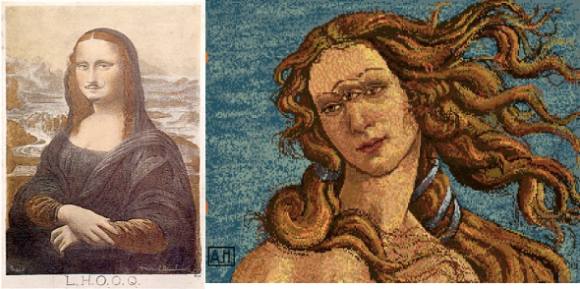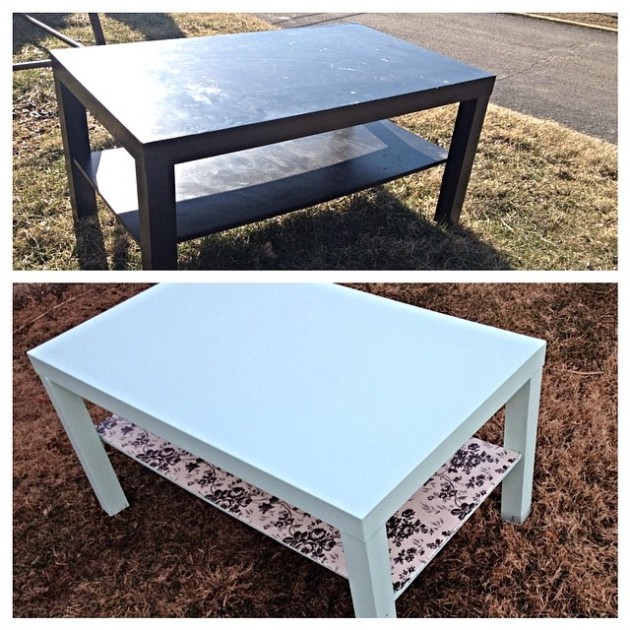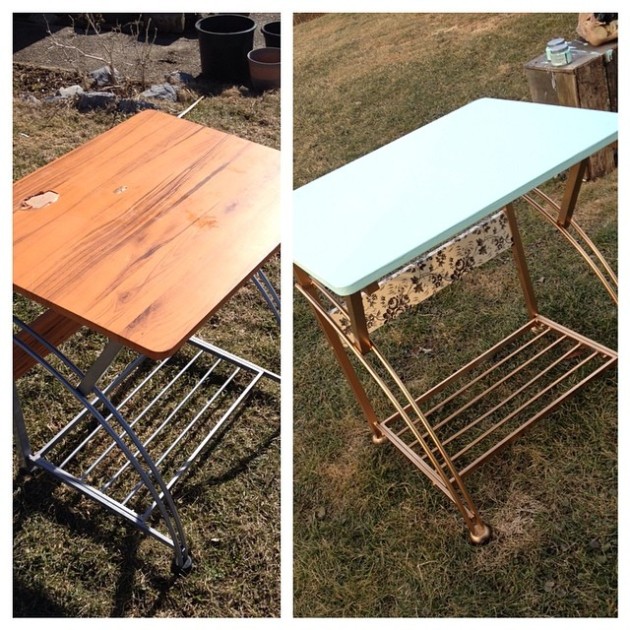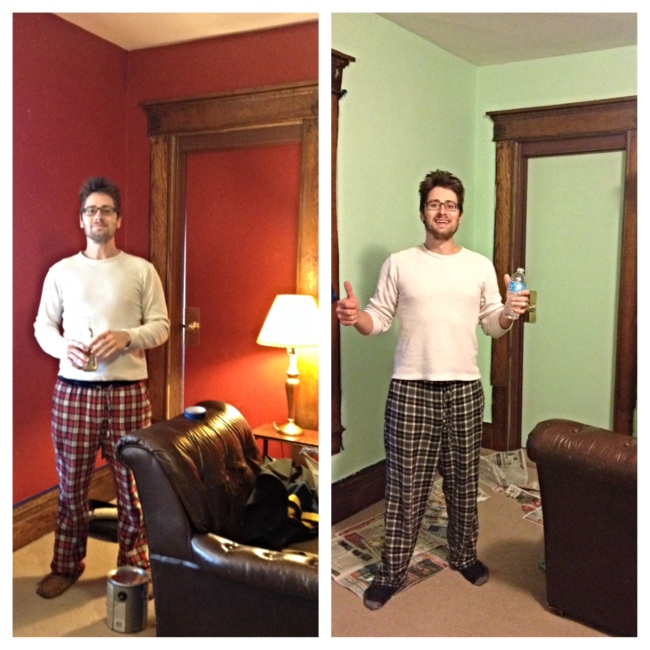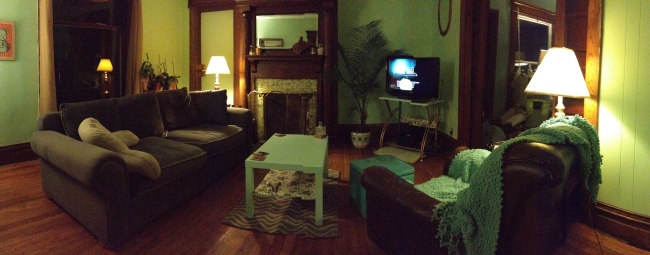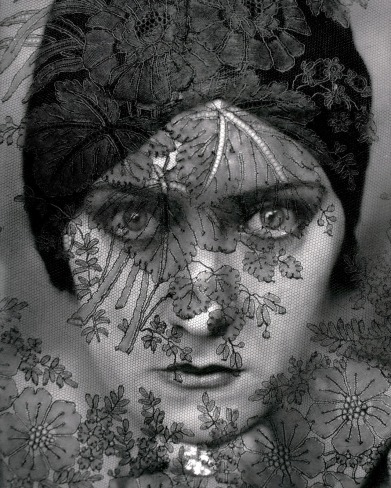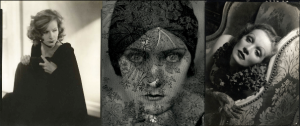On Emotion pt2
Since my last post I’ve had emotions on my mind. More specifically, I’ve been obsessing over the way different artists handle the idea of emotion in their work. Beginning with the Modern era, artists seem to be divided into two separate teams; (a)those who create a piece intending to elicit a specific emotion from the viewer and (b)those who create a piece and then leave the emotional interpretation completely at the viewer’s disposal.
To be even more specific: Look at a piece by Rothko who is quoted as wanting to portray the human emotions of tragedy, ecstasy, and doom. No matter where you’re from, what baggage you bring to the table, or how your day is going, Rothko expects you to feel a certain way when looking at his paintings. Now, look at the photograph by Klein that I discussed in my last post. Klein created a memorable image, but includes no cues as to how it’s supposed to make us feel. It’s completely up to the viewer to determine whether it’s a tragic or freeing image. Depending on the viewer’s circumstance, it can be interpreted in dozens of ways.
Now the big question- is one better than the other? Does one team win the Emotion Games? Probably not. As with every big question regarding the validity of a piece of art, it’s completely subjective. It’s frustrating sometimes to never have answers. As a problem solver by nature, it can be hard to constantly admit defeat in the face of these sorts of questions. But maybe that’s why I’m so drawn to art. As a person who lives for structure and schedules and deadlines, it can be nice to have no definite answers. Everything is subjective and the only thing that validates a piece of art is the opinion of one person. That makes our role as viewers almost as important as the artist. If I, a person completely removed from the creative process, can look at a Giacometti on a bad day and know how it feels to be one of his weathered, withered, lonely forms or if Gauguin’s colors remind me of family vacations to Florida in the 1990s, then that piece is validated, even if no one else agrees. We create and assign worth, while the artists simply create and assign the imagery.
On Emotion
I don’t really have anything awesomely insightful to say about this piece that hasn’t been said before. What’s important to me is that in the midst of every big transition in my life, this image has somehow worked its way into my head. And that’s a pretty incredible accomplishment for an artist- to create an image so powerful that it instinctively ties itself to a particular emotion. If you view the right piece at the right moment in your life, the effect can be monumental.
So, I’m a Hypocrite
Okay… I promise I won’t go on a long-winded rant about Andy Warhol’s lost digital images that were recently unlocked from an old floppy disk. I won’t go on and on about how revolutionary Warhol is or how disgustingly cool I find it that such important works could be hidden within pieces of plastic and metal. Annnnd, as much as I want to, I won’t even let the art historian in me swoon over the changes these discoveries will inevitably make when discussing art and the technological age.
What I do want to rant about is the fact that I’ve just discovered I’m a big fat hypocrite. Why, you might ask… Well, for the past five years I’ve declared Marcel Duchamp’s L.H.O.O.Q as one of the most annoying pieces of art created in the modern era. In fact, I’ve always found Duchamp himself somewhat infuriating, pretentious, and undeserving of his acclaim. I’ve heard every argument in his favor, read books and books about his ingenuity, but ultimately end up finding him and his “monumental” pieces rather loathsome.
So… how does it make any sense that I’ve become completely obsessed with Warhol’s digital manipulations of Botticelli’s Birth of Venus? Warhol’s and Duchamp’s pieces are essentially the same, except the argument can be made that Duchamp’s is more original and, in that sense, more important in a historical context. Warhol makes an obvious nod to Duchamp’s piece that was created sixty-six years earlier. Slap a third eye on Venus or a mustache on Mona Lisa and they both deliver the same (not so subtle) “fuck you” to everything you think you know about fine art. So why do I like Warhol’s more? It’s probably as simple as saying that I get Warhol more. I’ve studied him more, relate more to his pieces, and identify with the cultural importance of his work.
And that inevitably brings us to an even bigger question; What makes good art? And maybe the answer to that question is… nothing. Maybe no art is ‘good’ or ‘bad’ on any sort of monumental scale. Maybe it’s completely reliant on us, the viewer, and the perspectives and experiences we bring to each piece. And, if that’s true, maybe every piece that’s studied in every university around the world is only studied because a person with enough influence two hundred years ago decided he thought it was worth seeing. And maybe the history of art would be entirely different if he had favored other artists. And well, if that’s true, maybe all history is subjective and maybe we’re all hypocrites.
Tada!
The living room project is finally finished! New paint, new floors, new accessories, and refurbished furniture. Total, the entire project cost a little over $45.
On Commercial Art
As promised: This week I’m going to start (and stick with!) a more regular blogging schedule. My intention is to split my time between sharing the pieces I love and exploring the areas with which I’m less familiar. I went back and forth for several days trying to pick a piece for my first art post, but finally, it hit me! What better place to start than the piece that started it all, right?
I think everyone interested in the arts has at least one piece that has changed her perspective, inspired her creative viewpoint, and ultimately given her passion/studies/career a direction. What’s most exciting/frustrating about this idea is that it’s a truly unique experience, just for you, that, in many cases, you’ll spend the rest of your career trying to validate.
For me, this piece is Edward Steichen’s celebrity portrait of silent screen starlet Gloria Swanson featured in a 1923 issue of Vanity Fair Magazine. I discovered this a little over halfway through my first year at WVU and immediately knew it would be the topic of my senior thesis. The lace, which both cloaked and highlighted the young star, fascinated me. The photograph seemed both harsh and gentle, dark and light, personal and detached. It was dichotomies like these that I spent the next three years researching.
Besides being visually stunning, this piece spoke to me for a much more personal reason. As a classic movie fan, fashion magazine junkie, and lover of all things vintage, the idea of studying this image fascinated me. Simply put, this is not a piece of fine art. By contemporary standards, this photograph is the artistic equivalent of the picture of Kim and Kanye on the cover of Vogue. It was used as a celebrity portrait to accompany an article about one of the most glamorous young stars of the time (who was going through a very public divorce). Not much has changed, right? Still, it’s important in what it says about modern art, early photography, and the culture for whom it was produced.
As I stated, I devoted my senior thesis to this photograph. Additionally every topic I researched during the remainder of my three years at WVU focused on similar ideas. My specialization is in the symbiotic relationship between art and popular culture throughout history. That is the really pretentious way of saying this; I love popular culture. Popular culture matters. It shapes our experience as humans. It gives us similarities and shared experiences. More importantly, it is the art we see every day. We see it on the stage, listen to it on the radio, or see it on the cover of a magazine. No one will refute the importance of the zillion Renaissance paintings and sculptures that fill museums around the world. They changed the art world and in many ways the global perspective. BUT… when it comes down to it, which pieces are widely known? Mona Lisa, the sculpture of David, The Last Supper. These, the pieces that have become part of our culture, are the ones that live on, explain to everyone (not just those of us in Art History 312) why the Renaissance is so monumental, and, most importantly, reach the largest audience. And in the end, isn’t that what really matters?
Art isn’t supposed to be hidden on the walls of obscure galleries. It’s meant to be shared and to be seen by as many people as possible. It’s meant to inspire us, change us, connect us, educate us, make us angry. Art is unpretentious in nature, we are the ones who label it as elite and put it on the top shelf. This is why, while many people do not see the importance of it, I will always be a passionate supporter of commercial and public art.
UPDATE
Exciting things are happening!
I’ve been extremely lax in my updates lately, but I’m happy to report that it’s all for good reason! Within the past two weeks I was offered and accepted an administration position with West Virginia University. I’m really excited to be working in a more steady environment and to have a much more regular schedule. With that being said, my body is still adjusting to starting 3 hours earlier. On top of that, we’ve been completely redoing our apartment, including new paint, flooring, and furniture. So all of my free time has been spent bouncing between Lowes and Ikea. Busy busy busy.
BUT…I hope to begin a more regular blogging schedule next week as I’m becoming more familiar with my new routine. I’m super excited to share pictures of our renovations!
Working For The Weekend
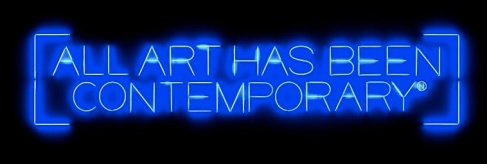 Maurizio Nannucci, All Art Has Been Contemporary, 1999/2000, neon lights.
Maurizio Nannucci, All Art Has Been Contemporary, 1999/2000, neon lights.
Embarrassing confession: it’s been eleven months since I’ve stepped foot in an art museum/gallery. ELEVEN MONTHS. Pair limited resources with two crazy work schedules and you end up with a sad girl reading late night reviews of the Carnegie International on her couch between episodes of New Girl. But the streak is coming to an end! This weekend we’re taking the much needed 3.5 hour trip to DC. I’m planning to spend most of my time bouncing between the National Gallery for the Garry Winogrand exhibit and the Hirshhorn for Gravity’s Edge. There are few things I love more than midcentury photography and crazy, melted, messy fields of color. Bring on the weekend!
Glitz and Sham?
Sooo, here we go:
I remember reading once in the memoir of an artist that in order to create something worthwhile you need “to have something you want to say about the world.” While I can no longer place the origin of that quote, it’s something I’ve carried with me for years. Simple, right? A point of view and a medium to express it. Oh, annnd the resources and drive and free time and inspiration and opportunity and space and support annnd…. Okay, maybe not so simple. I’m lucky in that finding my voice came pretty naturally. What I’ve always struggled with, however, is expressing it. That’s what this project is about.
I graduated in May with a BA in Art History, a subject that introduced me to an entirely new and beautiful existence. When asked what we studied, most of us with degrees in the Arts are used to being met with a well-intentioned, “Ohh… what are you going to do with that?” Nearly a year since I wrapped up my final research of 1930s commercial celebrity portraiture, my answer to the question has changed from “I’m going to start,” to, “I hope to start a local non-profit arts organization.” Though the change in syntax is slight, it illustrates a much more drastic change in circumstance. In college, I was lucky enough to spend my time researching the manmade thing that make the world beautiful. Deep pigments, sleek bronze, expressive eyes, heavy impasto. Being so immersed in a world where art meant everything, meant I was separated from the real world in a small town where art tends to be ignored or labeled as elitist. Spending the past ten months working a retail job, far removed from my comfort-zone in the Creative Art Center, I admittedly have seen a slow deterioration of my ambition and, most importantly, my optimism. I guess that’s where this blog comes from, a need to get back to myself and my dreams.
So here, publicly, I want to take back ownership of my future. I might not be living the ‘glitz and glam’ life I had envisioned for myself and I might have taken a few steps backwards or walked in circles for awhile, but hey, that’s life. If you work hard, are kind, and set realistic goals, slowly good things will happen. I’ve always known that, but I somehow lost it along the way. I want to use this blog to challenge myself and keep myself moving in the right direction. I want to use it as a place to discuss the things that inspire me, as well as share my attempts to stay creative and in touch with the art world. Even if no one reads it, it exists and that’s a start.
